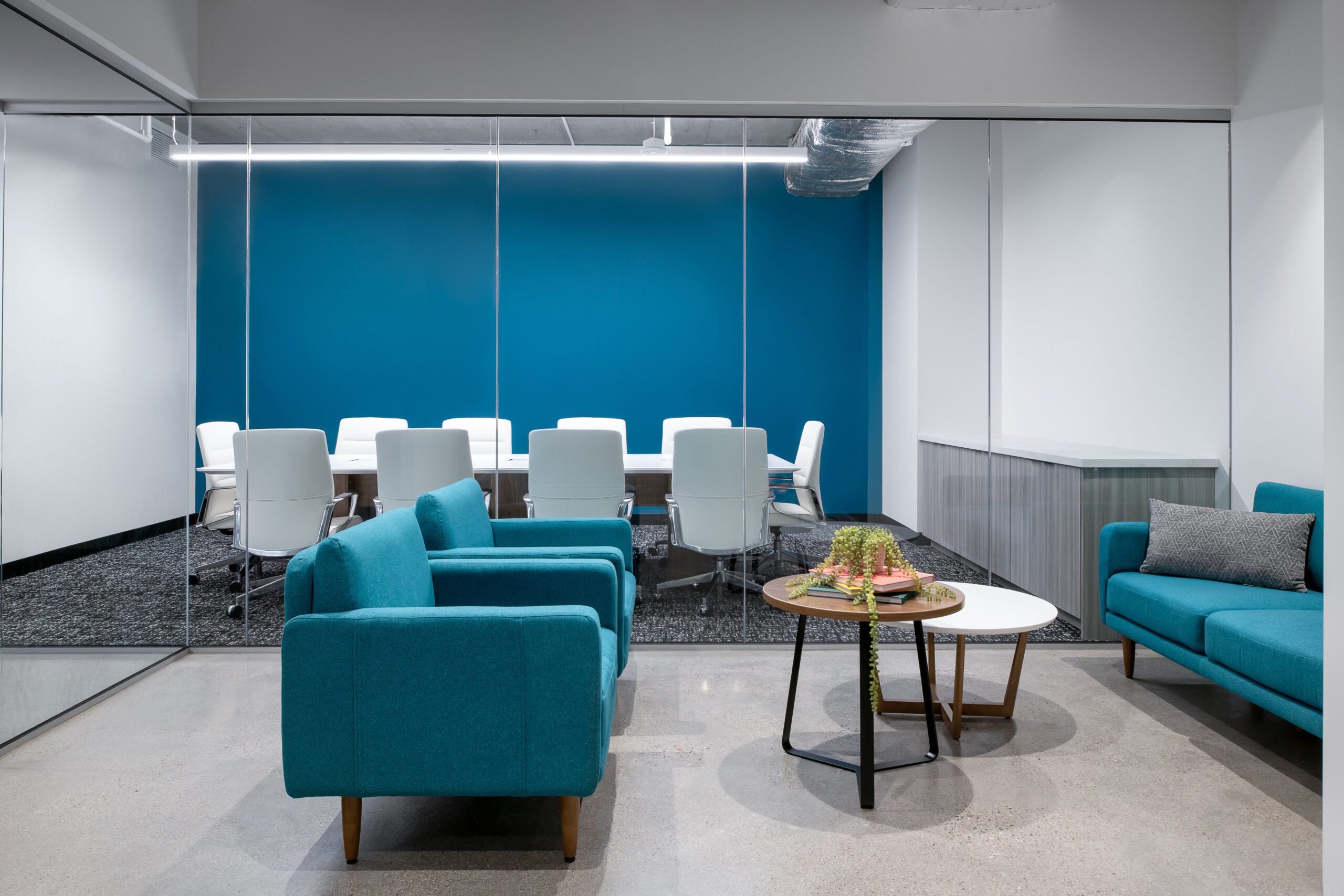Companies are continuously looking for methods to increase productivity and improve employee well-being. While many solutions focus on technology and procedures, the physical workspace is critical in accomplishing these objectives. The office's color palette is often disregarded.
Many offices tend to overlook the importance of color in their design. This oversight can lead to uninspiring and even detrimental work environments. A dull, monochromatic space can sap energy and creativity, while overly vibrant and chaotic colors can cause stress and distraction. Finding the right balance is key, but it's often neglected in favor of more immediate concerns. This lack of attention can result in a workforce that's less motivated, less productive, and overall, less satisfied with their work environment.
When designing an office space, choosing the right colors is more than an aesthetic decision. Understanding the psychology of colors and how they influence behavior can help create a workspace that promotes efficiency, creativity, and overall satisfaction among employees. Here, we explore how different colors impact the workplace and offer tips on using them effectively.
The Psychology of Color
Color Psychology explores how different colors affect human behavior and emotions. This field of study has shown that specific colors can evoke particular responses, making color selection crucial in designing office spaces. Let's explore how various colors can influence office dynamics:
Blue: The Productivity Booster
- Impact: Blue is known for its calming and focusing effects. It helps to create a serene environment conducive to concentration and efficiency.
- Best For: Workspaces where tasks require deep focus and mental clarity, such as offices for software developers, accountants, and writers.


Yellow: The Creativity Enhancer
- Impact: Yellow is associated with energy, optimism, and creativity. It stimulates mental activity and can inspire innovative thinking.
- Best For: Creative spaces like design studios, advertising agencies, and brainstorming rooms.


Green: The Stress Reliever
- Impact: Green symbolizes nature and has a soothing effect on the mind and body. It reduces anxiety and eye strain, promoting a balanced and refreshing atmosphere.
- Best For: General office areas, break rooms, and spaces where employees need to feel relaxed and rejuvenated.
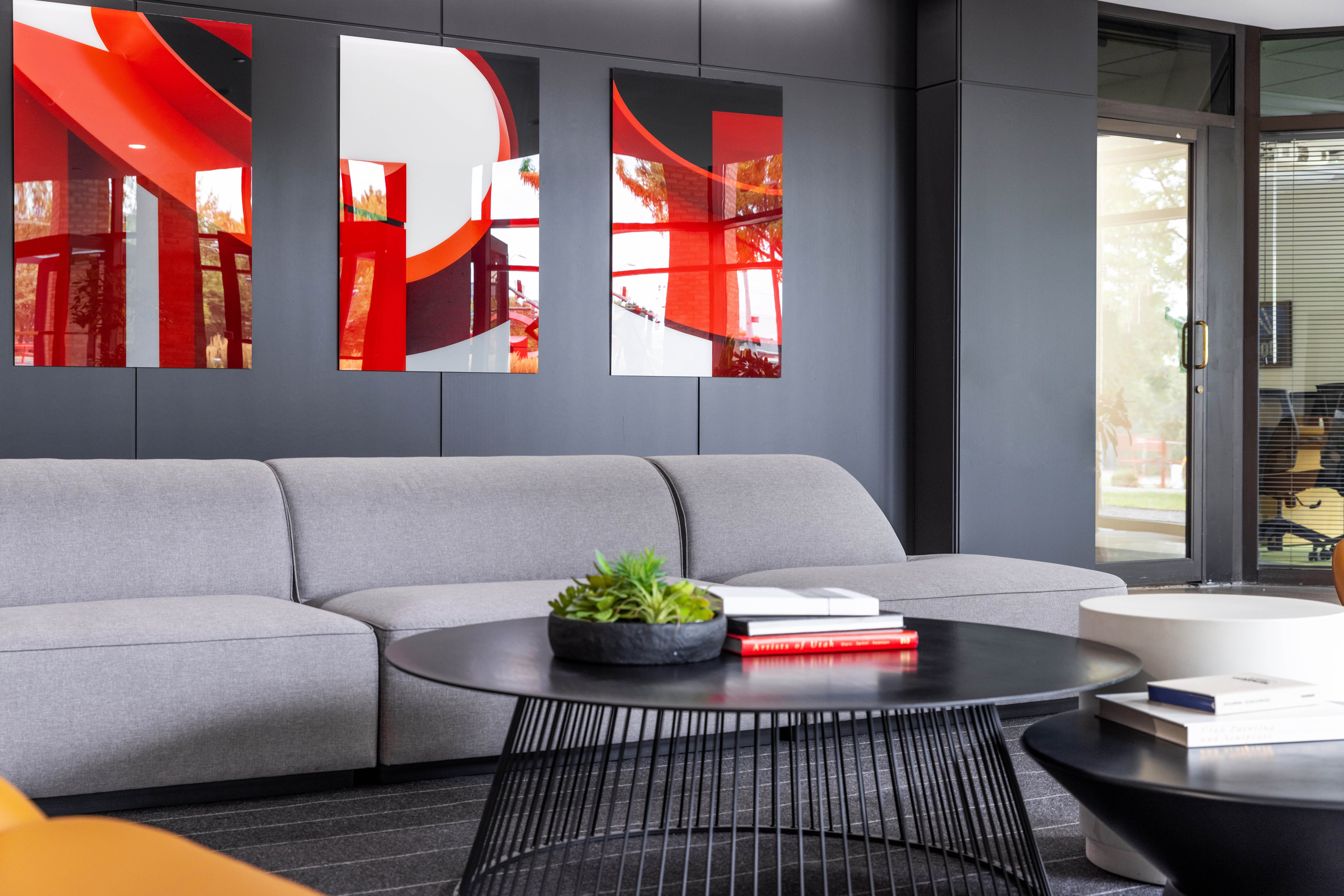

Red: The Energy Amplifier
- Impact: Red is a high-energy color that can increase heart rate and blood flow. It is known to enhance excitement and stimulate action.
- Best For: Spaces where physical activity or high-energy tasks are performed, such as sales floors or collaborative areas where lively discussions take place.
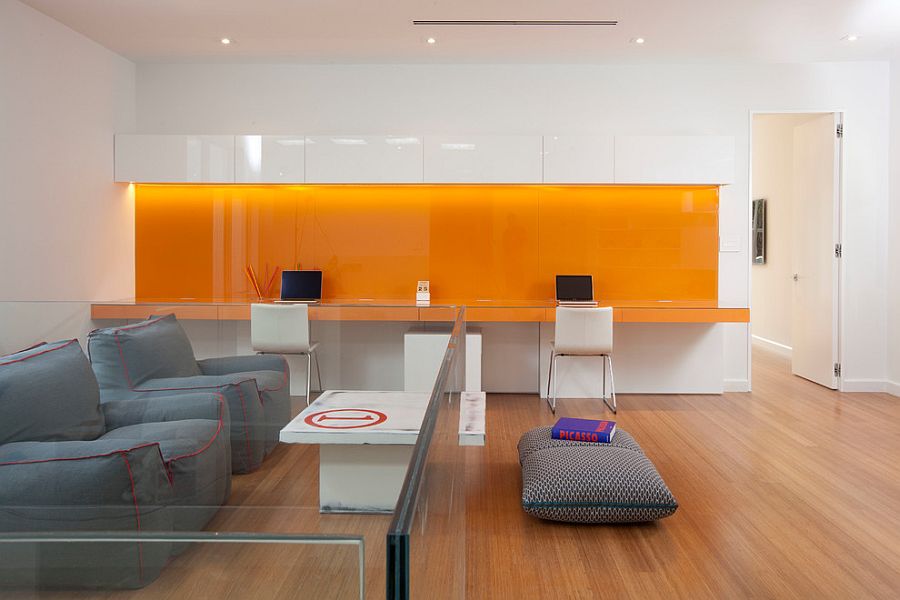

Orange: The Mood Lifter
- Impact: Orange combines the energy of red and the happiness of yellow. It encourages social interaction and a sense of enthusiasm.
- Best For: Common areas, lounges, and meeting rooms where collaboration and communication are key.
White: The Clarity Creator
- Impact: White represents purity and cleanliness. It can make spaces feel larger and more open, promoting a sense of clarity and simplicity.
- Best For: Minimalist workspaces, reception areas, and places where a sense of openness is desired.
Practical Application in Office Design
When designing an office, it's essential to consider the specific needs and functions of each area. Here are some practical tips for incorporating color science into your workspace:
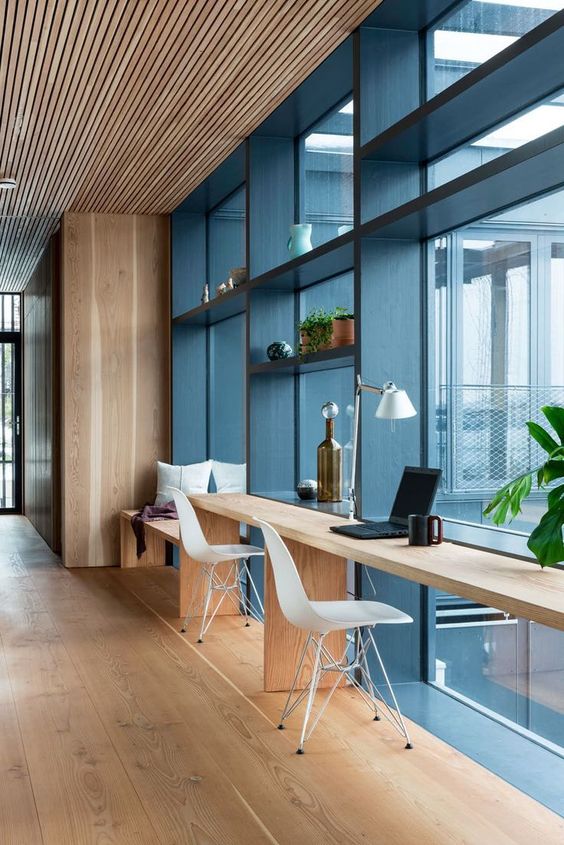
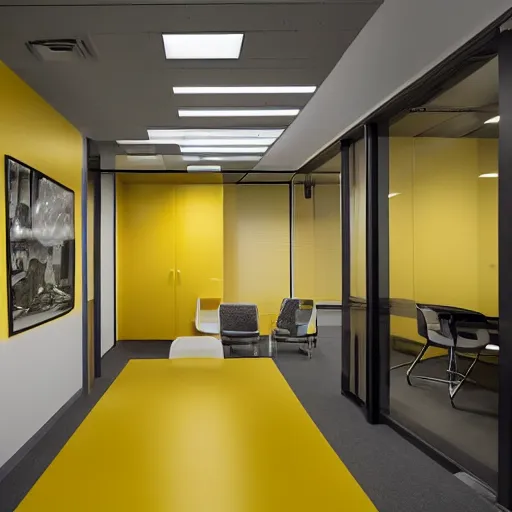

- Identify Key Areas: Determine the primary functions of different office zones. For example, use blue in areas where focused work is essential and yellow in spaces designated for creative activities.
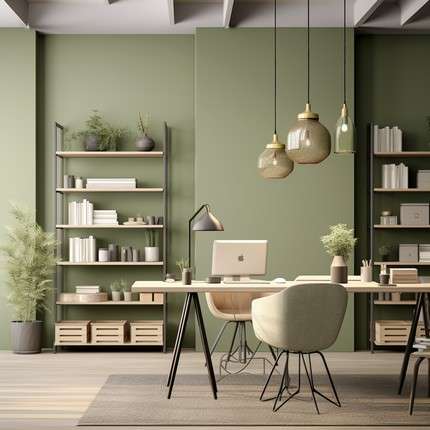



- Combine Colors Thoughtfully: While individual colors have distinct effects, combining them can create a balanced environment. For example, pairing green and blue can foster both calmness and focus.
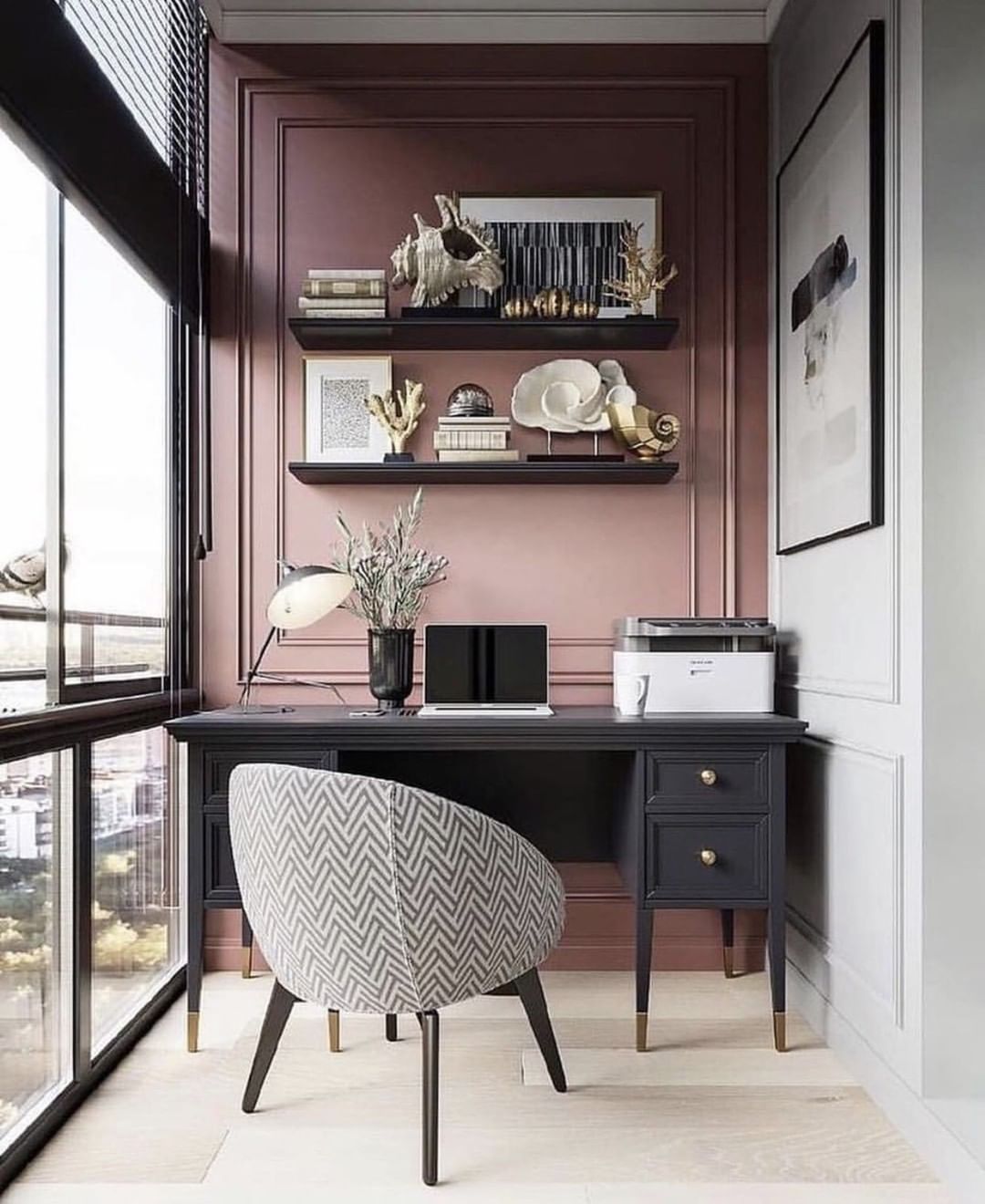



- Use Accents: If painting entire walls in bold colors seems overwhelming, consider using accents. Incorporate colorful furniture, artwork, or accessories to introduce color without dominating the space.
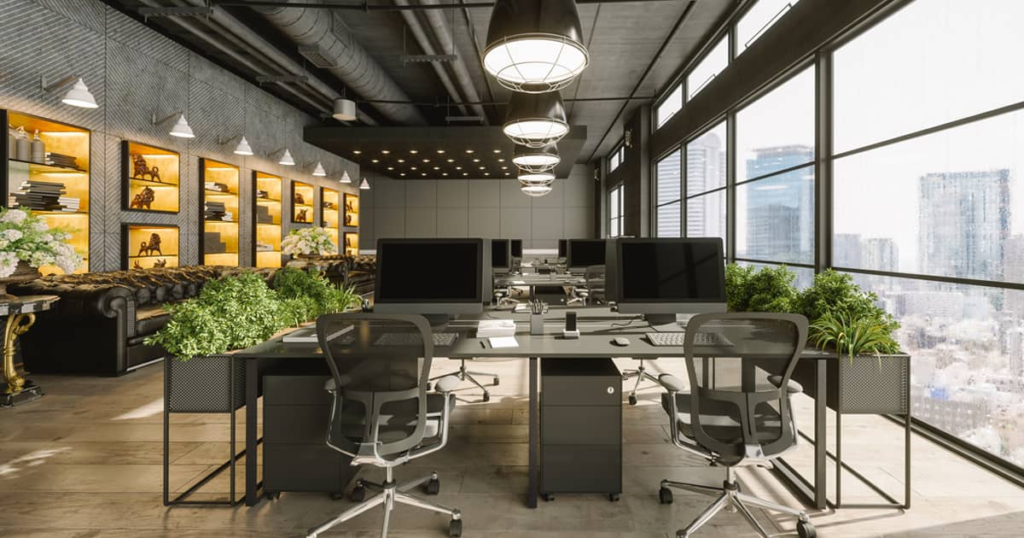



- Consider Lighting: Natural and artificial lighting can alter the perception of color. Test colors under various lighting conditions to ensure they achieve the desired effect.
Final Thoughts?
At Interior Solutions, we understand the profound impact that color can have on your workspace. Our team of experts can help you select the perfect color palette to enhance productivity, creativity, and well-being in your office. Whether you're looking to redesign your entire space or add subtle touches of color, we're here to provide tailored solutions that meet your needs.


